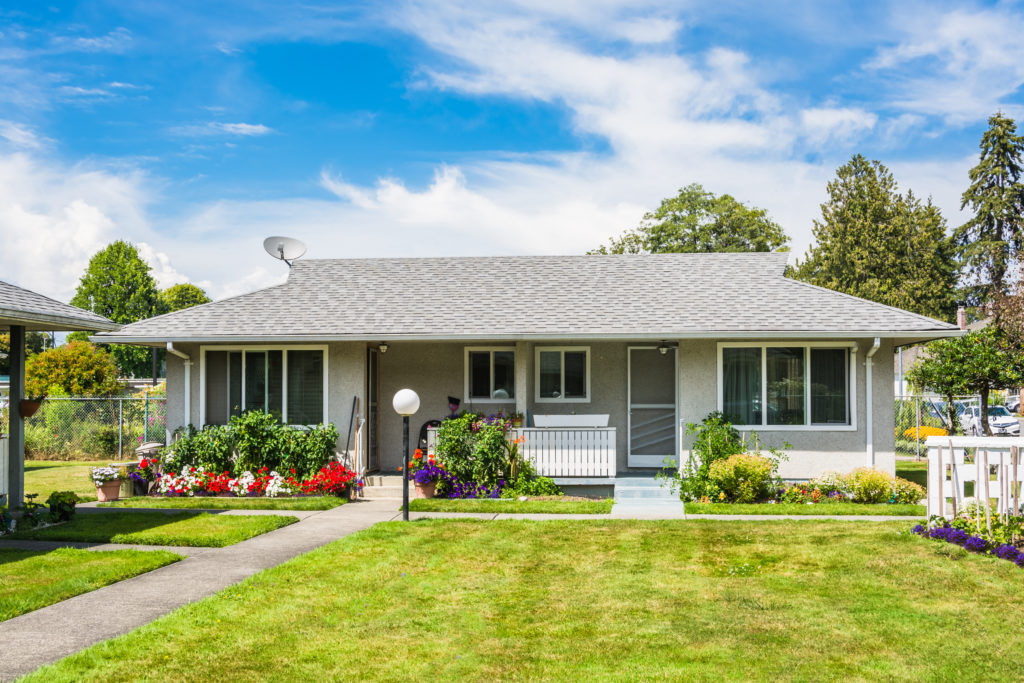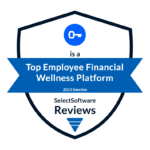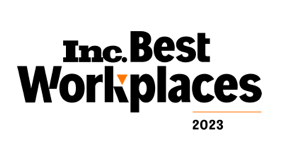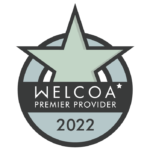Everyone has the right to buy their own home, especially if you believe it’s possible. There’s lots of help available to make homeownership a reality and it starts with understanding some basic skills that every homebuyer needs to learn. The last thing you need is to be overwhelmed or scared off by the process, which is just a series of steps toward your goal to buy a house. We’ll break down the process here. The next step is to contact your Brightside Financial Assistant to adapt the process to your unique circumstances.
- Take a realistic look at your financial situation. It’s fun to imagine your dream house but if you can’t afford it, shopping for a home can be discouraging.
a. Assess your debt and get it under control by paying down credit cards and paying off any loans you may have (auto, student etc.).
b. Add up your household income – record everything that comes in each month to get an accurate idea of what you can potentially afford in a house. - Check your credit score. The better your credit score, the better chance you’ll have of securing a mortgage loan and getting a good interest rate for that loan. To qualify for the best rates, aim for a credit score > 700-740.
a. Tip: your Brightside FA can show you how to get your credit score. - Create or review your budget. Once you know how much you have to work with, there are a couple common-sense rules to help give you a better idea of what you can afford to spend on your new house.
a. The 28/36 rule means that you should spend no more than 28% of your gross income on housing payments and no more than 36% on debt each month. Mortgage lenders often use this rule to assess whether to extend credit to borrowers.
b. The 50/30/20 rule simply means that your after-tax income should be allocated for spending 50% on needs, 30% on wants, and putting the remaining 20% into savings. You’ll need to understand how this home purchase will fit into your finances and lifestyle. - Plan to make a 20% down payment when purchasing your house. The bigger the down payment, the less risk there is when life throws you a curveball and you may have to sell your house. Also, lenders who require mortgage insurance may waive this requirement if you put 20% down.
a. Tip: Look into first-time homebuyer programs that will help you fund a down payment. Many of these programs have their own requirements but they can be a way to put money down without it having to come out of your pocket. - Get preapproved for a loan. Once you’ve paid down your debt, tidied up your credit, and come up with a 20% down payment, you’ll want to get preapproved for a mortgage loan. Advocate for yourself to prove that you’re a safe risk to loan money to. Your Brightside FA may have some tips on how to do this, but you’ll never know unless you get in touch!
a. Tip: Compare mortgage rates and be sure to look beyond interest rates at closing costs and the lender’s fee to get the best rates. - Ask for help. Classes, programs, and organization all exist to help first-time homebuyers gain financial literacy and guide them in the process to make sure they are financially capable of buying and sustaining a home. Better yet, ask your Brightside FA for help to make your ambition to become a homeowner a reality.
Buying a house is a big deal but it doesn’t have to be intimidating. Sure it might be the most expensive thing you’ll ever buy in your lifetime but owning your own home allows you to build equity and take full control of your living space. What’s more, relaxing in the house that you bought grants you a peace of mind that’s worth coming home to.
Are you in the market for a new home? Tell us about it!
Contact your Brightside Financial Assistant or call 855-940-1507 to help get you started.
Pandemic Protections for Renters and Homeowners
The Covid-related eviction moratorium expired on July 31st, and similar foreclosure protections have expired or will do so soon. But we have several resources available to help any Brightside user get through housing uncertainty.
It is important to act quickly, because funds in several of the most important programs may run out soon. Additionally, navigating these options can be incredibly difficult. Your Brightside Financial Assistant can help you understand your state or local options and what cash relief or protections you may qualify for, as well as support you during the application process.
Finally, we can also help check to make sure you are taking advantage of other COVID-19 relief programs and notify you as major changes take place. So don’t wait. Call your Brightside Financial Assistant today.
The median existing-home sales price in May topped $350,000 for the first time.*
*https://www.wsj.com/articles/u-s-existing-home-prices-hit-record-high-in-may-1162437122





